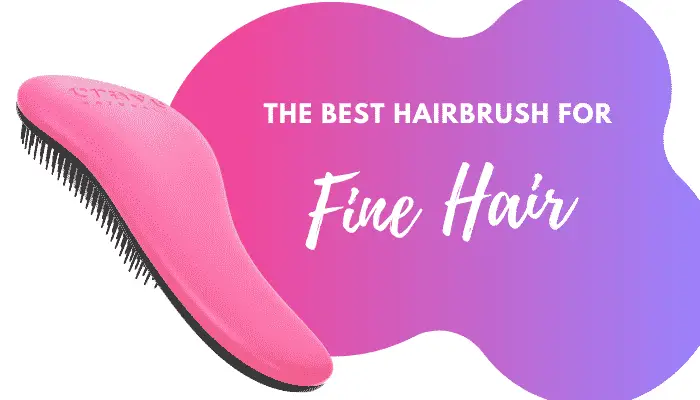A hairbrush is an essential tool to keep your tresses looking clean, shiny, and healthy. It stimulates good blood flow to the scalp, has a massaging effect, and keeps natural oils distributed along the entire hair shaft. However, what is the difference between a paddle brush and a regular brush?
Some brushes are made better than others, and you can benefit from knowing which brush works for your hair type. In this blog post, Lucky Curl breaks down the difference between these two kinds of brushes.
Why Your Hair Needs a Brush
Your hair is delicate. Like your skin and nails, it needs to be taken care of properly to look their best. Brushing your hair regularly helps to:
- Remove tangles
- Spread natural oils
- Stimulate the scalp
- Promote hair growth
These are things that a comb cannot do alone. So a hairbrush is a must-have tool in your beauty arsenal. Like makeup brushes allow products to stay seamless on your skin, a good hairbrush collection lets you keep the hairstyle you want for longer.
Both types have their own set of benefits that we will get into later. The main difference between the two is how they feel on your scalp.
Whichever brush you choose, make sure that its flexible bristles glide, not tug along your hair.
Anatomy of a Paddle Brush
Paddle brushes have a flat surface with bristles sticking out of them. The head is usually broad and sometimes has a hole in the middle to allow air to circulate. This type of brush can have natural or synthetic bristles. The natural ones are often made of boar bristles, while the synthetic ones are nylon.
Boar bristles and nylon bristles are the choices for paddle brushes because of their softer bristles. They are more gentle on the scalp than older brushes made of (ouch!) stainless steel.
The Rundown on Regular Brushes
Regular brushes are the ones you see with a round head and bristles sticking out. Like paddle brushes, they can have natural or synthetic bristles.
These brushes are often used to style hair because they can help create volume and curl. The downside to regular brushes is that they can be harsh on the scalp if used too often.
So, What is the Difference?
The main difference between paddle brushes and regular brushes is in the shape of the head. Paddle brushes have a flat surface, while traditional brushes have a round head. The type of bristles (natural or synthetic) and how they feel on your scalp are also different.
Paddle brushes are great for detangling hair, while regular brushes are better for styling. If you use a blow dryer, round brushes are your best bet, especially if you’ve got curly hair.
To brush wet hair, a paddle brush will do nicely without doing a lot of damage. It works great with a flat iron brushing straight hair and leaves a shiny finish. It works on all hair types too.
Blow drying your hair is better with a round brush when adding the volume you are after. It’s frizz-smoothing and adds shine. Choose ones with larger barrels if you want to enhance your curls.
Tips and Tricks to Level Up Your Hair Brushing Routine
It turns out that both paddle and regular brushes help you achieve fantastic hair, so we have compiled tips on how to use both:
- If you have fine hair, use a paddle brush with soft bristles.
- For thick hair, use a paddle brush with firm bristles.
- Use a regular brush with natural bristles to add volume to your hair.
- To create curls or waves, use a regular brush with synthetic bristles.
- A paddle brush helps dry long hair faster, while regular round brushes do the same for shorter hair.
- Round brushes create lift as the hot air from blow-drying circulates better with this brush.
Taking care of your hairbrush
Haircare is not limited to applying products and using your hair tools. It also includes how you take care of your brush and other tools. So how do we keep our hairbrushes in tip-top condition? Here’s how I do it as a professional stylist:
- Clean the brush regularly. Buildup can stay in the brush and make its way back to your hair.
- Make sure the brush is dry before using it. A wet hairbrush is a breeding ground for bacteria.
- Don’t share brushes! As a stylist, I make sure I use a clean hairbrush for each client.
Now that you know the difference between these two types of brushes, you can decide which one is right for you. If you have sensitive skin or scalp, then a paddle brush is the way. If you want to style your hair and add volume (plus, you regularly use a blow dryer), go for a regular brush.
Which is the right brush for you? Do you use a regular brush for your hair, a paddle brush, or both? Check out our recommendations for the best hairbrush for fine hair. Happy hair brushing, Curlies!


